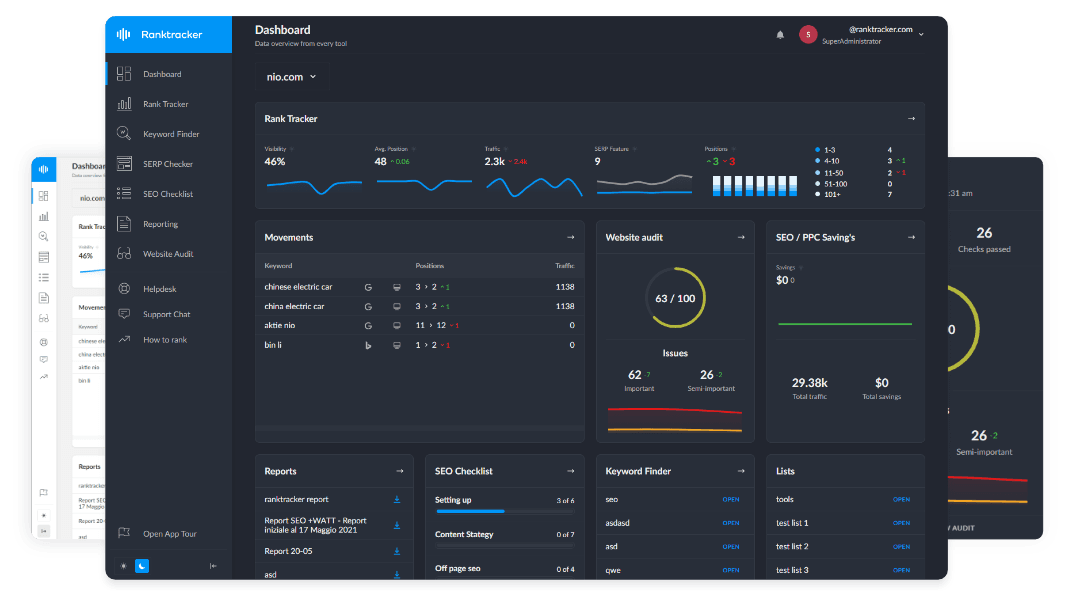Intro
Neural networks (neural nets) are AI-powered models that mimic human brain function to analyze and process complex data patterns. In SEO, Google uses neural nets to understand search intent, rank content, and refine SERP results through deep learning.
Why Neural Nets Matter for SEO:
- Improve semantic understanding of queries and web content.
- Enhance Google’s ability to match search intent with relevant results.
- Enable AI-driven ranking adjustments based on user behavior and engagement.
How Google Uses Neural Nets in Search
1. Natural Language Processing (NLP) & Query Understanding
- Google’s BERT & MUM algorithms leverage neural nets to analyze word relationships, synonyms, and contextual meaning.
- Example: A search for "How to fix a slow laptop?" ranks content that explains causes and solutions rather than just defining "slow laptop."
2. RankBrain & Machine Learning for SEO Rankings
- RankBrain, a key part of Google’s ranking system, adjusts search results based on historical user engagement.
- Uses neural nets to refine rankings dynamically rather than relying solely on keyword matching.
3. Content Relevance & SERP Adjustments
- Google’s neural networks analyze content structure, sentiment, and user behavior to determine ranking positions.
- Pages that provide deep, well-structured insights are prioritized over surface-level keyword-optimized content.
How to Optimize SEO for Neural Networks
✅ 1. Write for Context, Not Just Keywords
- Use semantic keywords and topic clusters rather than overloading main keywords.
- Example: Instead of repeatedly using "SEO tools," include related terms like "rank tracking software," "SERP analysis tools," and "keyword optimization platforms."
✅ 2. Improve Content Relevance & Depth
- Create comprehensive content covering key subtopics.
- Implement internal linking to reinforce topic relationships.
✅ 3. Enhance User Experience (UX) & Engagement Signals
- Improve page speed, mobile responsiveness, and visual structure.
- Increase dwell time and reduce bounce rates with engaging content formats (videos, FAQs, interactive elements).
✅ 4. Optimize for Voice Search & Conversational Queries
- Google’s neural nets process spoken and conversational queries differently from typed searches.
- Use natural sentence structures and FAQ-style content.
✅ 5. Use AI-Powered SEO Tools
- Analyze keyword trends with Ranktracker’s Keyword Finder.
- Monitor ranking fluctuations and AI-driven search changes.
- Optimize for Google’s NLP insights using AI-based content analyzers.
Tools to Track Neural Net-Driven SEO Changes
- Google NLP API – Evaluate how Google understands your content.
- Ranktracker’s SERP Checker – Monitor ranking movements influenced by AI.
- Surfer SEO & Clearscope – Analyze AI-based content relevance.
Conclusion: Leveraging Neural Networks for SEO Success
Google’s neural networks are shaping the future of SEO, prioritizing search intent, deep content understanding, and engagement-driven rankings. By optimizing for semantic search, structured data, and UX signals, websites can improve visibility in AI-driven search results.
For expert SEO tools, explore Ranktracker’s advanced SEO solutions and adapt to AI-driven search ranking trends today!

